“The blue bioeconomy” is the solution to feed the increasing population of the world
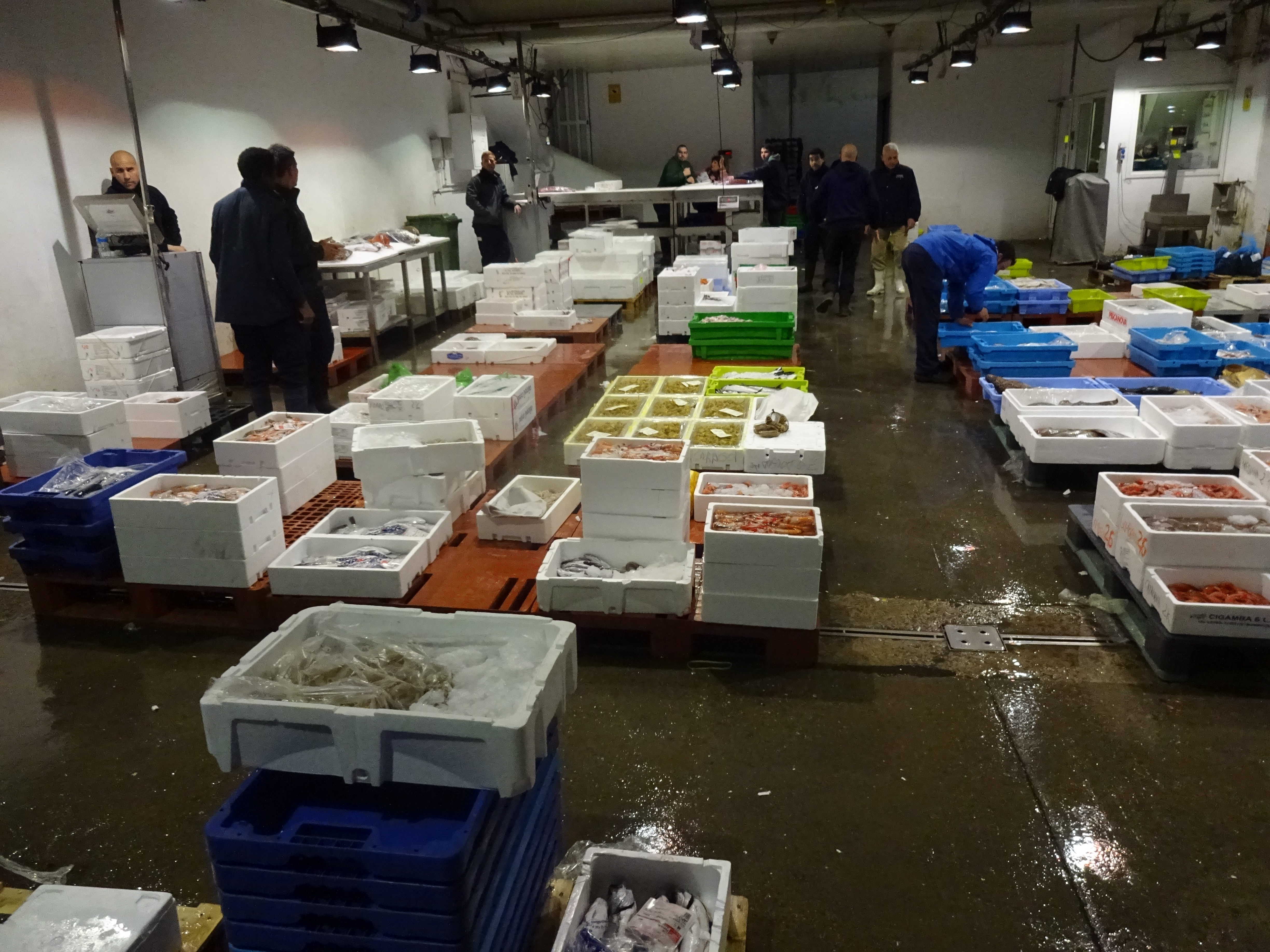
2016 Offshore Mariculture Conference, Barcelona
The biannual two-day conference about recent developments within offshore aquaculture was this time held in Barcelona, Spain. There were 30 speakers and about 100 participants from all over the world.
The conference was chaired by Aquaculture Officer Alessandro Lovatelli from the FAO (The Food and Agriculture Organisation of the United Nations).
The subjects were broad and divided into nine sessions: Challenge to move to offshore sites, Product updates, Emerging business opportunities and industry projects, Opportunities in the supply chain, Emerging technologies, Unexplained mortality, Business management and knowledge sharing.
Each session ended with questions and answers and there were many interesting discussions during the two days. Adequate time was reserved for networking in-between the sessions and there were plenty of options to discuss with the speakers, other delegates and producers afterwards.
All in all, the very exciting conference showed that Offshore Mariculture is still a young business with plenty of room for new ideas and innovations. More scientific-based presentations will probably follow when the business is more established than it is today. However, some possible solutions were also earmarked for piloting in Finnish waters….
Visits to Barcelona’s Mercabana fish market and IRTA research station
On the third day an option for technical visits was included. The very impressive Mercabana Central Fish Market in Barcelona was visited early in the morning, followed by a visit to the IRTA research centre, a two-hour drive south of Barcelona.
In Mercabana one could see how global the fish market is from the variety of available seafood throughout the world. Some 80 million kilos of seafood are delivered via Mercabana to Barcelona citizens and tourists. The annual value is some EUR 450 M from Mercabana alone. The consumption trend in Southern Europe is that consumers prefer more and more convenient fish supplies, meaning filet sized fish.
In the afternoon participants were given a thorough presentation of the IRTA facilities that included several recirculation aquaculture plants that enable feed trials and research with trials with genetically modified fish species in closed systems. The IRTA operate in the same research sector as LUKE and is an appropriate partner for many research questions related to aquaculture and agriculture.
Smartsea evaluates the best practices for farming fish in the Bay of Bothnia
In the Smartsea project the aim is to find solutions to Marine spatial planning and challenges in the extreme and changing environment of the Bay of Bothnia. Smartsea evaluates the site selection of fish farming activities through the production chain; it evaluates the nutrient recirculation approach as well as assesses climate change influences on the production efficiency of different farmed fish species. The site selection and technical solutions are important for ensuring that increasing production would be Sustainable; 1. Social; 2. Environmental and 3. Economical.
Did you know that:
- Finland has excellent water resources; however, over 84% of the commercial fish we eat are imported
- Farmed fish is the most resource-efficient method to produce animal protein; because energy is not wasted in needing to warm fish or structural bones to keep the animal standing, etc., as with mammals
- About 71% of the worlds surface is water; some 50% of primary production takes place in the sea, but still some 99% of the food comes from land.
- Aquaculture global production volume is nowadays some 70 billion kilos. Fish farming annual global growth has been for the past 20 years some 2 billion kilos per year
- Seaweed annual global growth has been for the past several years some 3 million kilos per year
- Legislation, spatial planning, technical solutions and competitiveness are considered major challenges to increasing domestic fish production in Finnish waters
- 25 out of 35 of the world’s Megacities are located by the sea. Due to the lack of space to produce a sufficient volume food on nearby land, the sea is considered a potential location for organizing food production; this concerns not only production of fish but also of vegetables.
- The WWF has given a ‘green light’ in their consumer perception handbook to Finnish rainbow trout production because of the environmental sustainable production methods
- If rainbow trout are fed by feed that includes a normal amount of Baltic herring, the nutrient load on the Baltic is negative, as assessed with the LCA method.
- The main reason for rejecting Finnish edible fish-food production is the aim to decrease nutrient loading. The authorities have gutted the licences because they can; even small scale fish farms require an environmental permit to produce food. This has not been the case in other food production sectors and therefore agriculture has maybe better self-sufficiency in food production in Finland.
For any additional questions:
Researcher Markus Kankainen, forname.lastname@luke.fi
Articles
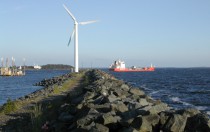
Pohjanlahti merituulienergian tuotantoalueena
Konteksti Merituulienergian laajamittainen rakentaminen on keskeinen askel Suomen tavoitetta hiilivapaaksi yhteiskunnaksi. Suomen merialueista erityisesti Pohjanlahti tarjoaa hyvät olosuhteet energian tuotannolle,
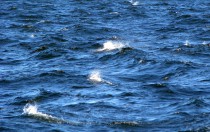
Scientific Articles published in SmartSea
One of the products of the SmartSea are the various scientific articles published by our partners during the project. The
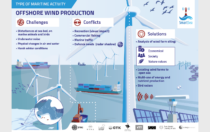
SmartSea Infographics
Offshore wind production, Aquaculture, Fisheries, Blue Well being, recreation and tourism have been key areas of the SmartSea project. We
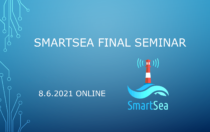
SmartSea Final Seminar/Loppuseminaari 8.6.2021
SmartSea will hold a Final Seminar on the results of the project, and a discussion with stakeholders and affiliates on
